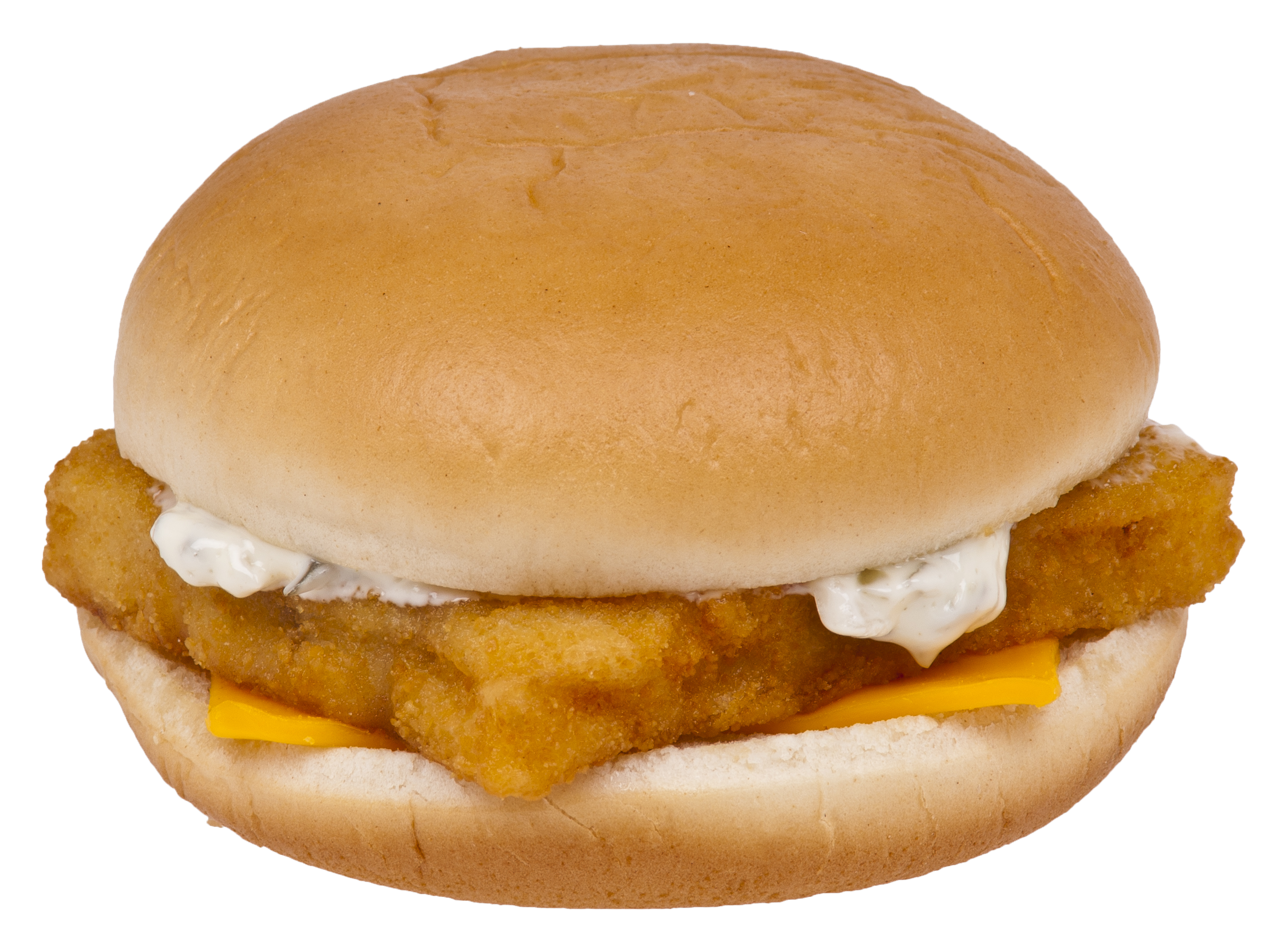
Deep in the depths of the McDonald’s menu, there is a real logo that stands out. It’s not a big burger piled high like the others. Nor is it the syrupy sweet breakfast that people pick. Instead, you’ll find a classic fish sandwich tucked away here. It’s humble and unique with a truly fascinating story behind it. In their world of fast food, this dish occupies an odd place. Its flavor is unforgettable to many customers who have tasted it.
The story of the fish sandwich began in Cincinnati in 1962. Franchise owner Lou Groen was faced with a very big business problem. His restaurant primarily served an area populated by Catholics. For religious reasons, this segment of the population could not eat meat on Fridays. This caused Groen to lose a lot of profit on these special days.
Lou needed to find a solution to the problem as soon as possible. He observed the local restaurants for some very good inspiration. If they didn’t eat meat, maybe fish could be the meal option they wanted? The idea fit perfectly with the needs of his community at the time. He decided to create a fish sandwich on Fridays, and Groen was convinced he had found an obvious winning idea. Now, Kroc, the president, must agree to the plan.
Ray Kroc is not enthusiastic about the plan. In Kroc’s opinion, McDonald’s primarily sells burgers. The idea of adding fish was strongly opposed by him.Kroc was concerned that cooking fish would give off an unpleasant odor in the restaurant. Adding a new food item would create a lot of operational problems. It would mean finding a supplier for the cooking method and training the staff.

Kroc has his own ideas on how to address the “Friday Rule.” He came up with an idea called the “Fun Hula Burger.” This burger is pineapple and cheese on a simple bun.Kroc believes that the religious meat rule is only temporary. He thought the Pope would change the no-meat rule. A few years later, his prediction came true. Still, Kroc knew an alternative needed to be found immediately.
Groen’s fish and Kroc’s pineapple put them at an impasse. That’s when they made a unique solution to their differences. They decided to let the customers decide the right choice. Both burgers would be sold at the same time on a test Friday. They would clearly see which sandwich was more popular with customers on the day of the test.
The results were clear at a glance. For Kroc’s fruit idea, the results were very disheartening. the Filet-O-Fish sandwich won easily by a landslide. It sold 350 sandwiches on the day. Sadly, the Hula Burger only sold 6 burgers. There was no longer any doubt that customers favored it so much.Kroc, a brilliant businessman, admitted this after seeing the sales.
After winning, the fish sandwich quickly became a menu fixture, and in 1965, it was officially introduced to American menus. Its popularity today is directly related to its historical roots. A quarter of its annual sales come from Lent. This shows that the sandwich still meets the original demand.
In addition to its history, the Filet-O-Fish stands out for a different reason. It is prepared differently from other McDonald’s food products, with its own unique cooking method. The fish cakes will be cooked in a separate fryer.
This choice of fryer is not a random operation. It prevents the flavor of the fish from getting on other dishes. It prevents flavors from transferring between different foods. Most importantly, this fryer helps to fulfill the dietary needs of customers. Those who can’t eat meat won’t have to worry about cross-mixing.
McDonald’s website has a very important caution warning. When cleaning the fryer, chicken fat may get mixed in. While separate fryers are standard, this can be a small risk. People on strict diets must pay attention to this detail and just know for themselves.

Filet-O-Fish has another difference. It is the only type of bun that is permanent. McDonald’s hasn’t publicly stated their reasons for choosing this bun.
A user on Quora who is well versed in restaurant technology suggested a possible reason. He believes the bun absorbs the tartar sauce better. This helps add more flavor to the whole sandwich. It allows the signature sauce to mix better with the bread portion.
These distinctive practices show just how different this fish is. It requires a specific equipment process and a lot of forethought on their part. It all stems from its origins and what it means to diners. This commitment has helped it take its place on the menu for decades. It’s a true testament to the fact that they fulfill their customers’ needs immediately. It wins against the unusual fried pineapple fruit slice. The Filet-O-Fish Sandwich feels like the survivor history part of the bread.
People don’t always talk about it every day. Nor do sales figures top the charts like the Big Mac. Nonetheless, it still has an undeniable place there. It continues to appeal to buyers. It has held its place for many years.
Related posts:
The Ultimate Ranking Of McDonald’s Food Items
10 Facts You Didn’t Know About McDonald’s Filet-O-Fish Sandwich
“The stuff that he eats is really… bad”: RFK Jr. slams Trump’s fast-food diet





